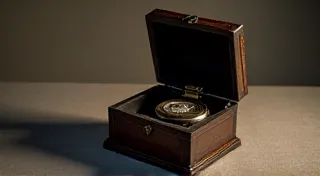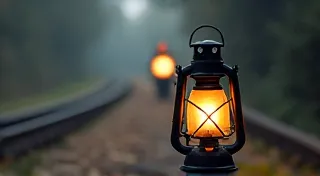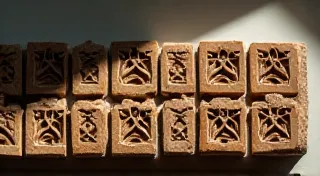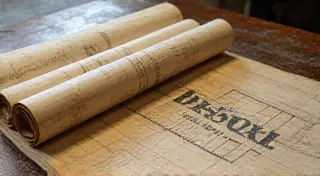Chronicles in Miniature: The Postcard as a Micro-History of Everyday Life
There's a particular thrill in holding a vintage postcard. It's not merely the tactile pleasure of the cardstock, thin and brittle with age, nor the visual allure of faded colours and charming illustrations. It's the sense of connection – a fragile link stretching across decades, a whispered message from a life lived differently, yet familiar in its human desires and everyday routines. We, as postcard collectors, aren’t just amassing pieces of paper; we're assembling fragments of history, tiny windows into the mundane and remarkable aspects of bygone eras.
The postcard, as we know it, has a surprisingly short but remarkably rich history. Born from the desire for affordable and convenient communication, the first private postcards, technically called 'directoires', appeared in Austria in the 1860s. But it was the introduction of the German "postkarte" in 1894, featuring a pictorial image and designated spaces for address and message, that truly ignited the phenomenon. Suddenly, keeping in touch became an accessible joy for the masses. The late 19th and early 20th centuries saw a “Golden Age” of postcards, a period of incredible artistry and innovation in printing and design. Millions were produced, depicting everything from grand urban landscapes to charming rural scenes, and offering glimpses into the fashions, transportation, and societal norms of the time.
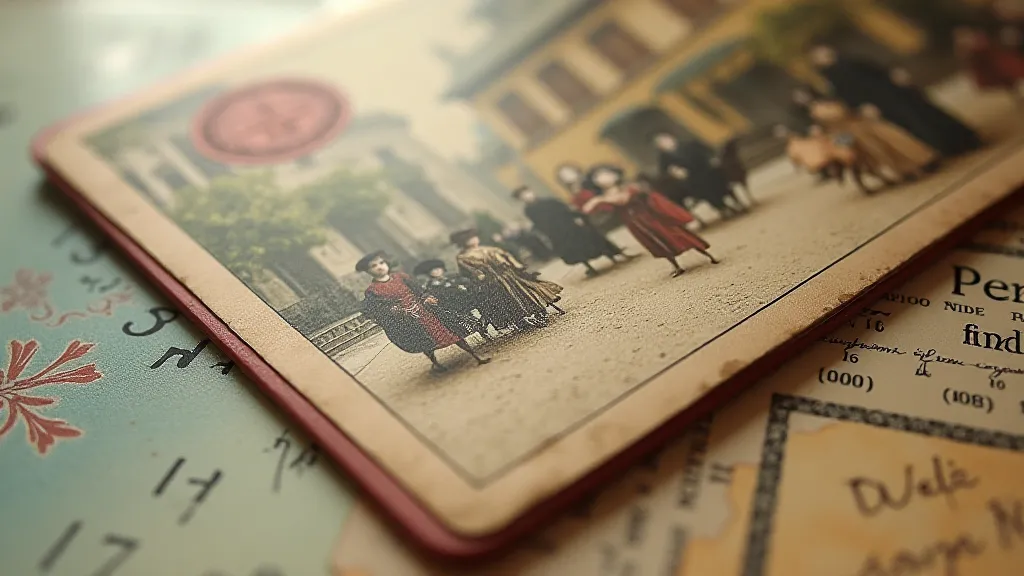
Beyond the Image: The Human Story
What’s truly captivating about postcard collecting is the human element. Each card tells a silent story, often just hinted at by a brief, heartfelt message penned in elegant script. "Wish you were here," "Having a lovely time," "Thinking of you" – these simple phrases, scrawled across continents and generations, resonate with a profound universality. They represent longing, connection, and the enduring human need for communication.
I remember finding a card in a dusty antique shop a few years ago, depicting the boardwalk at Atlantic City in 1912. On the back, in delicate cursive, was a short message: "Having the time of my life! Wish Dad could see this. Love, Elsie." It wasn't a profound philosophical statement, but it was real. It was a daughter sharing a moment of joy with her father, a tangible expression of familial love that transcended the decades. It made me wonder about Elsie – what happened to her? Did she ever return to Atlantic City? These unanswered questions are part of the charm; they invite us to engage with the past on a deeply personal level. The romantic allure of travel, so vividly captured on these cards, speaks volumes about the human desire for escape and adventure. It's a feeling that drove the growth of the postcard industry itself, fueled by the burgeoning tourism of the era and the desire to share these experiences with loved ones far away.
Craftsmanship and the Art of the Postcard
The artistry of vintage postcards is often overlooked in our digital age. Early postcards were primarily chromolithographs – painstakingly produced prints using multiple lithographic stones, each transferring a different colour to the paper. The process was labor-intensive and required immense skill, resulting in cards of astonishing beauty and detail. The quality of the printing, the vibrancy of the colours (though often faded now), and the often-exquisite artistry of the illustrators contribute significantly to the value and appeal of these historical treasures.
Look closely at a well-preserved card – you’ll notice subtle nuances in the printing, variations in the ink, and the texture of the paper itself. The designs were often tailored to specific locations, showcasing local landmarks and reflecting regional styles. Many postcards feature elaborate borders, embossed details, and even hand-painted touches, demonstrating the pride and craftsmanship that went into their creation. There was a genuine commitment to producing something beautiful and lasting, a stark contrast to the ephemeral nature of much of today's media. The rise of railway travel was intrinsically linked to the popularity of these postcards, as it facilitated both tourism and the dissemination of these charming mementos. For those fascinated by the intersection of travel and postcard history, exploring the era’s modes of transport offers a deeper understanding of the times—an exploration that almost feels like a journey in itself, worthy of its own dedicated study, perhaps even illuminating the “Whispers of the Rail: Postcards and the Golden Age of Travel.”

Collecting with Care: Preservation and Appreciation
As collectors, we have a responsibility to care for these fragile pieces of history. Vintage postcards are susceptible to damage from light, moisture, and handling. Proper storage is essential. Acid-free sleeves and albums are a must to protect the cards from further deterioration. Avoid direct sunlight and fluctuating temperatures. Handling the cards with clean, dry hands can also minimize the risk of damage.
Beyond preservation, it's crucial to appreciate the historical context of these cards. Researching the location depicted, the artist who created the image, and the period in which the card was produced can significantly enhance your understanding and enjoyment of your collection. Websites and online forums dedicated to postcard collecting are invaluable resources for information and discussion. The world of philately, the study of postal history, offers a whole new level of understanding.
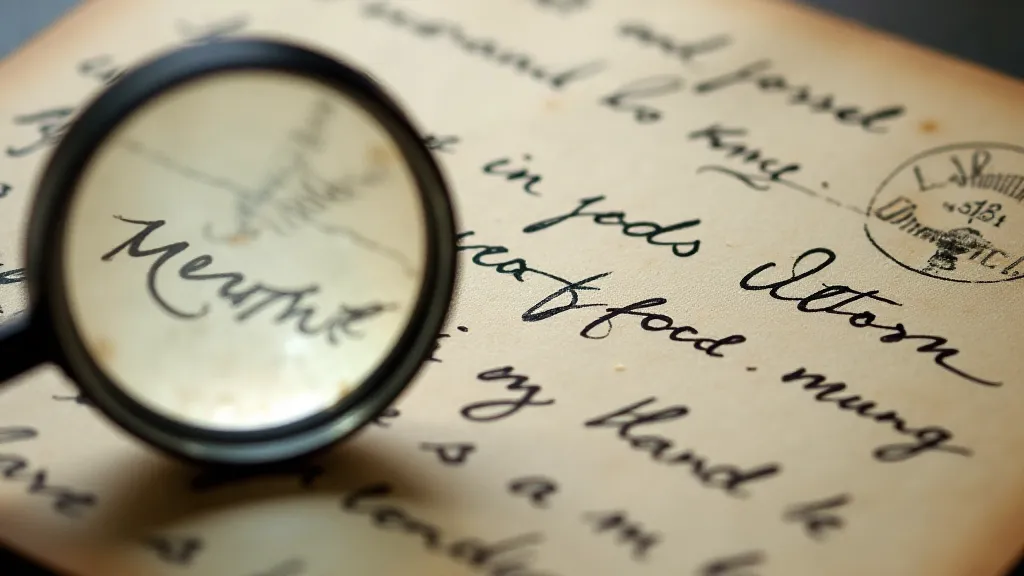
Beyond the “Pretty Picture”: A Window into Social History
Collecting vintage postcards isn’t just about acquiring beautiful objects; it’s about piecing together a fragmented picture of the past. They offer unique insights into social customs, fashion trends, and technological advancements. A postcard depicting a bustling railway station speaks volumes about the impact of the railroad on society. A card featuring a seaside resort reveals the leisure activities of a particular era. The messages on the back, even the briefest greetings, offer glimpses into the relationships and emotions of people long gone.
Think about the evolution of transportation documented on postcards. Early cards might show horse-drawn carriages or early automobiles, while later ones depict streamlined trains and even airplanes. Similarly, the fashions and hairstyles showcased on these cards reflect the changing aesthetics of different decades. The postcards become a visual record of progress, both technological and social. The act of creating and sending these cards itself reflects the shifting social norms – from formal correspondence to a more casual form of communication, mirroring the increasing speed and informality of modern life. For those intrigued by the artistic liberties and creative interpretations presented on these cards, the study of postcard art provides a fascinating lens through which to examine cultural trends—a captivating exploration worthy of its own dedicated study—perhaps fittingly explored in "The Cartophilic Muse: Inspiration and Artistic License in Postcard Depictions.”
The very essence of these cards encapsulates a sense of connection and remembrance, a desire to share moments and leave a lasting impression. This pursuit of preserving memories and sharing experiences is a fundamental human characteristic, and postcards beautifully embody this yearning. The power of the image, combined with the personal touch of the handwritten message, creates a tangible link to the past, evoking emotions and sparking curiosity about the lives of those who sent and received them. It's a testament to the enduring power of human connection, even across the vast expanse of time.
Furthermore, consider the messages themselves—the simple phrases, the heartfelt sentiments—they often offer a poignant glimpse into the lives of ordinary people, their hopes, their dreams, and their everyday joys. These seemingly insignificant snippets of correspondence can provide invaluable insights into the social and cultural norms of the time, offering a richer understanding of the lives of those who came before us. It's a reminder that even the smallest objects can hold a wealth of historical significance, waiting to be discovered by those willing to look.
And what of the act of collecting itself? It’s more than simply accumulating objects; it’s about curating a personal archive, a tangible representation of history, a celebration of human connection. Each card represents a story waiting to be uncovered, a puzzle piece waiting to be placed, a moment in time waiting to be relived.
The act of writing on a postcard also speaks volumes about the evolving standards of etiquette and communication. Formal greetings and elaborate descriptions gradually gave way to more casual and concise messages, mirroring the increasing pace of modern life and the desire for efficiency in communication. This shift reflects a broader cultural trend towards informality and a loosening of traditional social conventions.
For those captivated by the artistry and emotional resonance of these miniature chronicles, the act of collecting transcends mere hobby; it becomes a journey into the past, a celebration of human connection, and a profound appreciation for the enduring power of simple objects. It's a pursuit that rewards patience, curiosity, and a deep respect for the stories that lie waiting to be uncovered.
A Continuing Legacy
The postcard may have lost its ubiquity in the age of email and instant messaging, but its enduring appeal lies in its ability to connect us to the past. Each card is a miniature chronicle, a snapshot of a life lived, a moment captured. As collectors, we are the custodians of these fragile memories, preserving and sharing them with future generations. The personal connection embodied by a handwritten note, combined with the visual impact of the image, makes the experience uniquely intimate and memorable—a tangible link to the past that digital communication can rarely replicate. Consider the simple act of holding a vintage postcard, of reading a handwritten message across time, is a reminder of our shared humanity, a testament to the enduring power of communication, and a profound connection to the lives that came before us. The allure of these tiny treasures lies not only in their aesthetic beauty, but also in their ability to transport us to another time and place, to evoke emotions, and to spark our imaginations – a truly remarkable legacy of human ingenuity and connection. And for those who find themselves charmed by the evocative language and imagery associated with these miniature messengers, exploring the broader themes of memory, sentimentality, and the passage of time can be a truly rewarding intellectual and emotional journey—a testament to the enduring power of these tiny, tangible chronicles.
